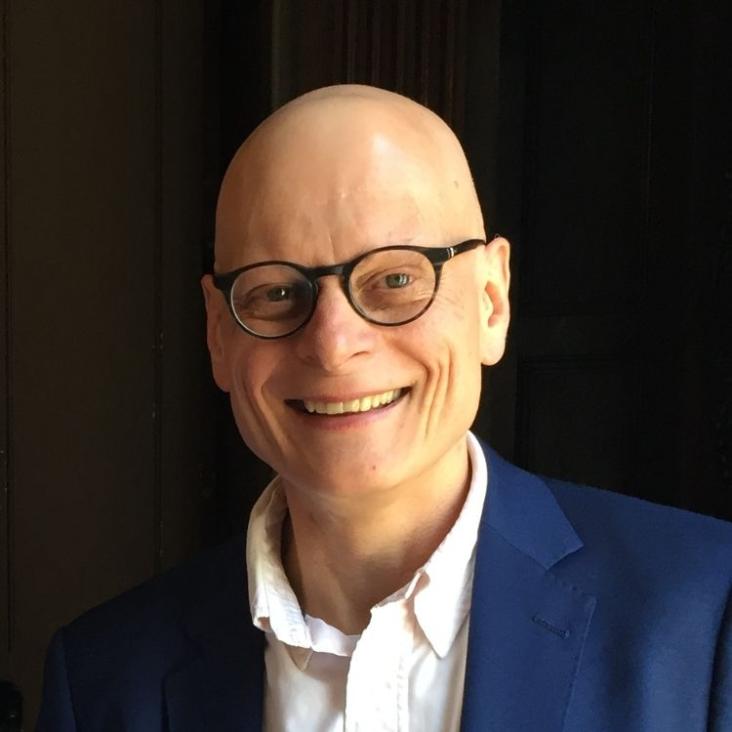Boosting photon-number-resolved detection rates of transition-edge sensors by machine learning
Optica Quantum Optica Publishing Group 3:3 (2025) 246-246
Abstract:
SPIDERweb: a neural network approach to spectral phase interferometry.
Optics Letters Optica Publishing Group 49:19 (2024) 5415-5418
Deterministic storage and retrieval of telecom light from a quantum dot single-photon source interfaced with an atomic quantum memory
Science Advances American Association for the Advancement of Science 10:15 (2024) eadi7346
Abstract:
A hybrid interface of solid-state single-photon sources and atomic quantum memories is a long sought-after goal in photonic quantum technologies. Here, we demonstrate deterministic storage and retrieval of light from a semiconductor quantum dot in an atomic ensemble quantum memory at telecommunications wavelengths. We store single photons from an indium arsenide quantum dot in a high-bandwidth rubidium vapor-based quantum memory, with a total internal memory efficiency of (12.9 ± 0.4)%. The signal-to-noise ratio of the retrieved light field is 18.2 ± 0.6, limited only by detector dark counts.A universal programmable Gaussian boson sampler for drug discovery
Nature Computational Science Springer Nature 3:10 (2023) 839-848
Quantum simulation of thermodynamics in an integrated quantum photonic processor
Nature Communications Springer Nature 14:1 (2023) 3895


